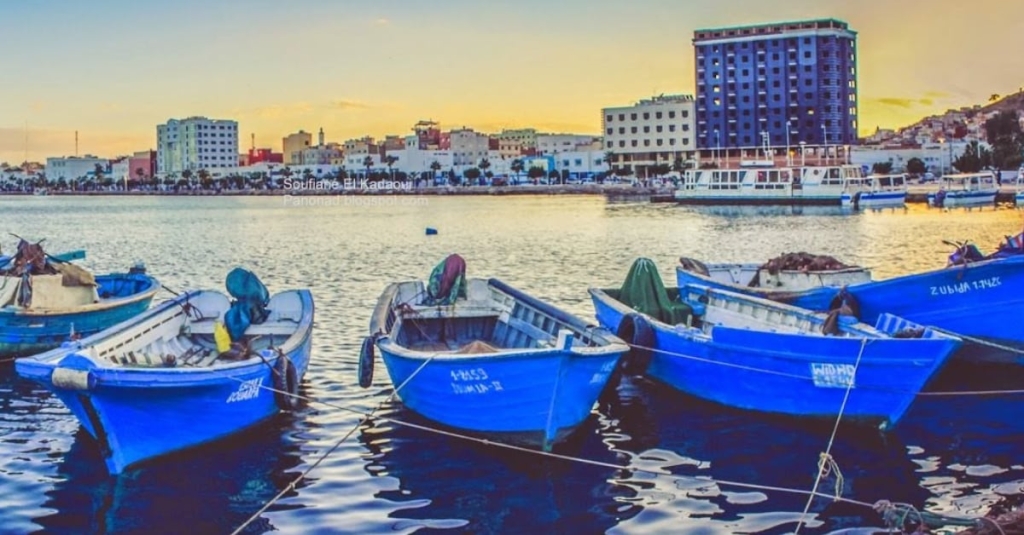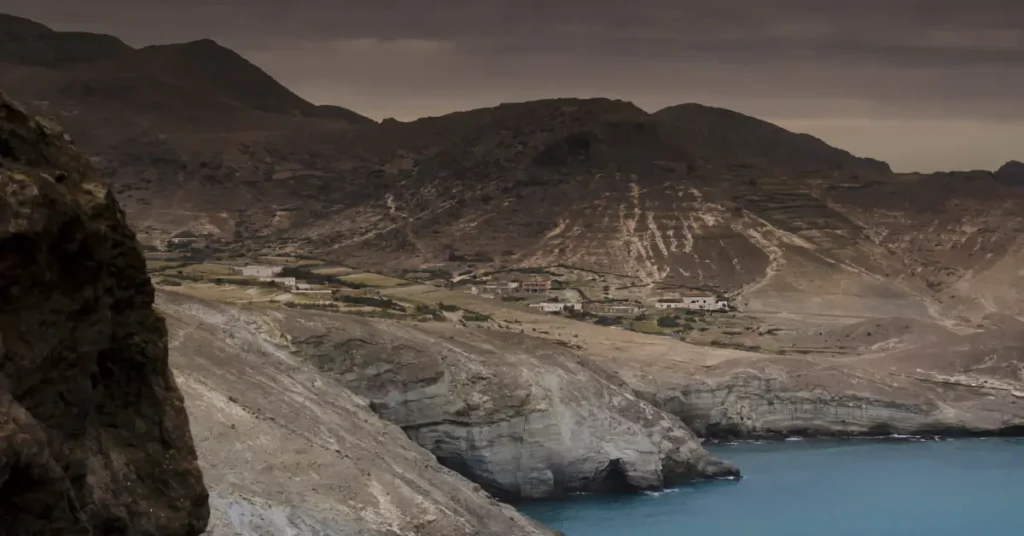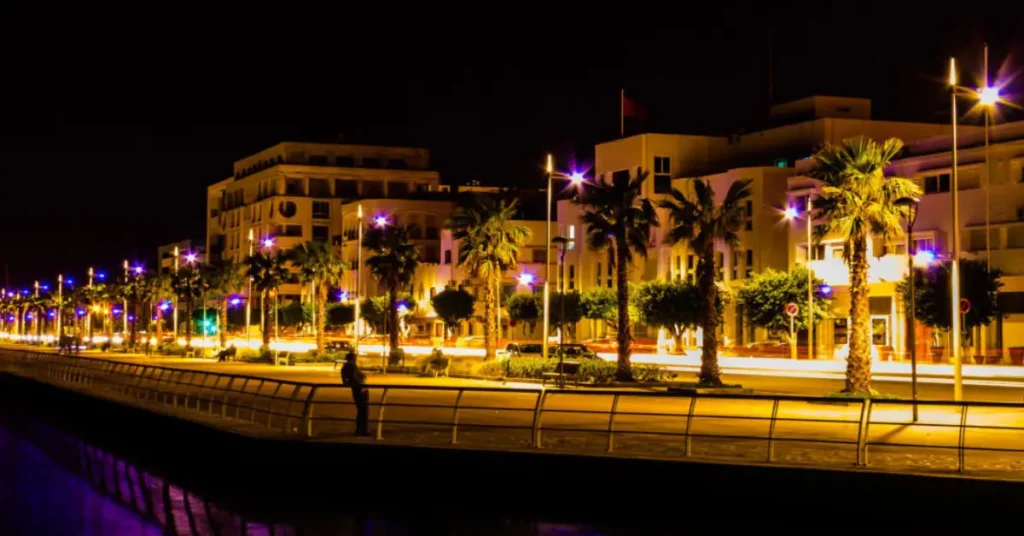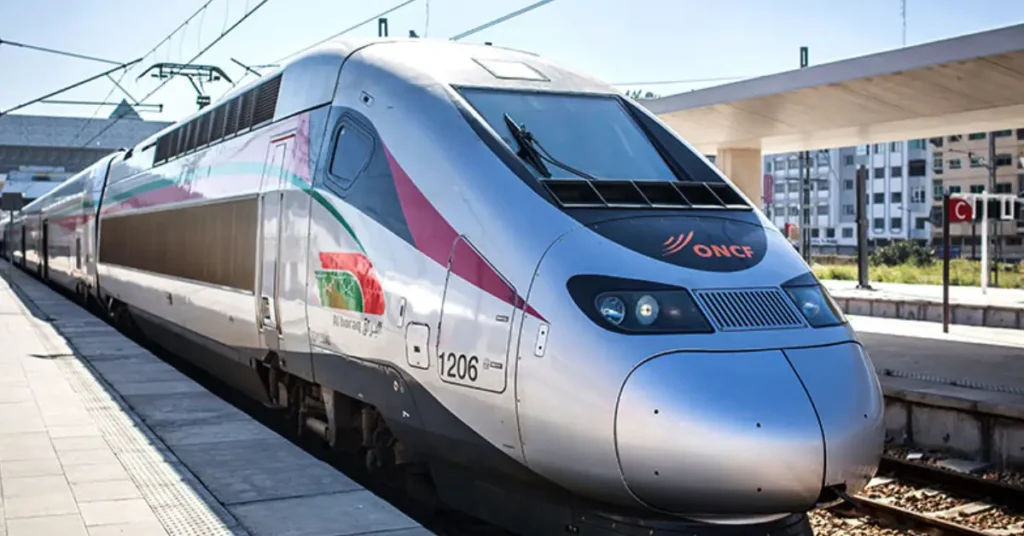Nador The Vibrant Coastal Hub of Northeastern Morocco

Nador is a coastal city in northeastern Morocco, with a population of around 161,726. It is separated from the Mediterranean Sea by a salt lagoon. The city is located near the Spanish city of Melilla and was under Spanish rule until 1956. The Nador Province has a population of over 600,000, mainly consisting of Riff-Berber ethnicity. The economy of Nador is diverse, including fisheries, agriculture, and various industries with recent growth in manufacturing. During the summer, Nador sees an influx of visitors from Europe, contributing to the local economy. Its strategic location and proximity to Melilla foster international trade, including the sale of Spanish-made goods. Nador was previously known for smuggling, but it has declined while competition from Algeria remains. The city also sees the import of used consumer goods from Europe and China through Melilla, both legally and illegally.
Stunning Wildlife and Bird Sanctuary in the City Nador

The salt tidal pond off and toward the city’s east draws in untamed life, mainly transitory feathered creatures.
The secured wetlands at Oued Moulouya and Kariat Arekman by the Moulouya River mouth are home to more noteworthy pink flamingos, extraordinary peaked grebes, avocets, dark-winged stilts, coots, dunlins, oystercatchers, Audouin’s gulls, dim herons, little egrets, spotted redshanks, dark followed godwits, regular redshanks, kingfishers, dark terns, and various types of terns and gulls.
Like a place of refuge for fowls, this region is often visited by locals due to its characteristic environment. Significant freshwater and saline destinations cover enormous areas of ensured sand ridges, bog, and swampland. Creepy crawlies incorporate damselflies, Caelifera, and various others. The greenery includes marram grass, juniper, and Cistus, and the sky is the limit.
Tourism Nador city Marocco

During the late spring, Nador attracts many Moroccan migrants from Europe who contribute to the city’s development by buying property, supporting their families, and boosting local trade and tourism. King Mohammed VI also wanted to attract foreign tourists, so he ordered local governors to improve the city’s appearance. This includes using metal or wooden seats instead of plastic ones in restaurants, painting houses appropriately, and expanding the main road along the sea. The old Rif Hotel was demolished, and a new hotel complex is being built under the supervision of Khalid El Adouli. It will cater to high-end tourism and business clients, offering various amenities such as a discotheque and meeting rooms. A new resort called Abdouna Trifa is also being developed outside of Nador, featuring holiday homes, a golf course, and a marina. King Mohammed VI initiated this ten-year development plan which involves various companies. The completed project will include villas, apartments, hotels, a golf course, and other tourist facilities.
Exploring the Intricacies of the Nador-Taourirt Railroad Connection

The railroad connecting Nador to Taourirt was opened on 2 July 2009 by Mohammed VI of Morocco, as part of the rail projects undertaken by ONCF. Previously, there was a bus connection from Taourirt operated by ONCF. There are also direct bus connections between Nador and other Moroccan cities. Nador Port offers daily ferry services to Almeria in Spain and a weekly service to Sète in France. Nador International Airport provides non-stop flights to various Moroccan and European destinations, including cities in France and Germany. The city is accessible through roads connected to the Fes-Oujda highway and neighboring Melilla.
Economy Nador

The primary two financial businesses here are angling and agribusiness. Modern salaries are produced from materials, synthetics, and various metallurgical ventures. As of late, the travel industry has likewise turned into a significant factor for the economy.